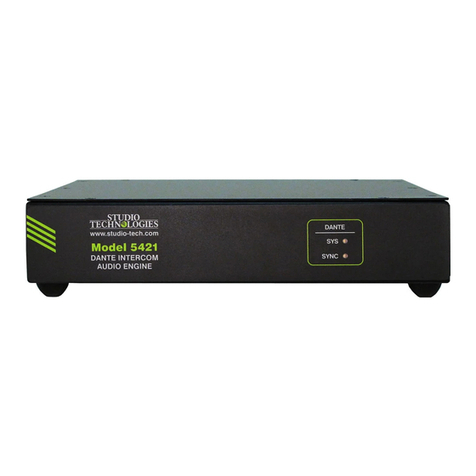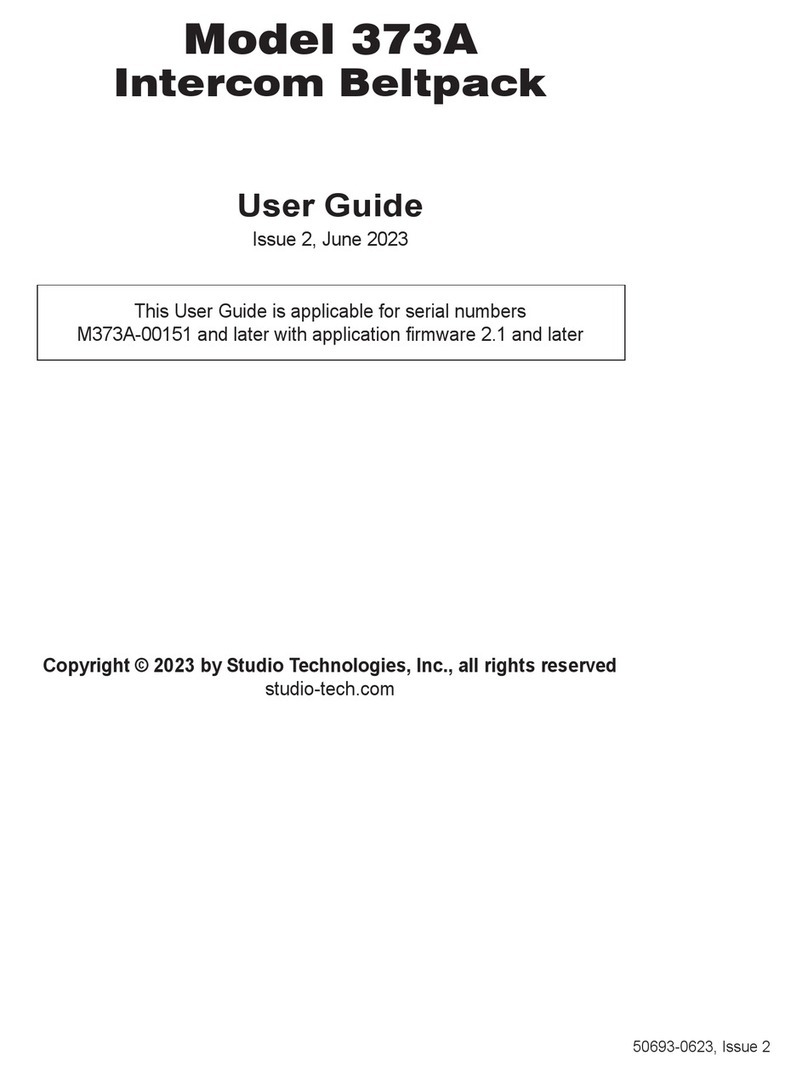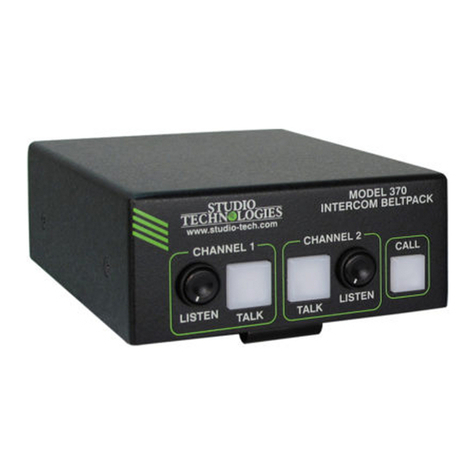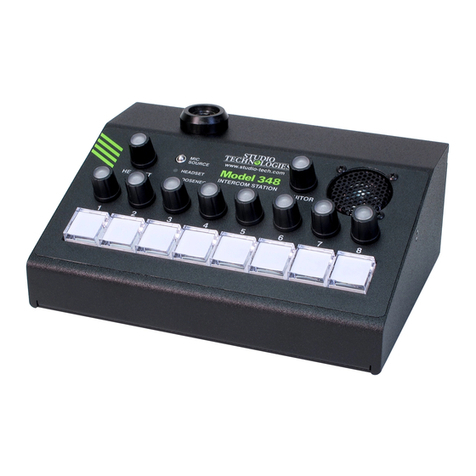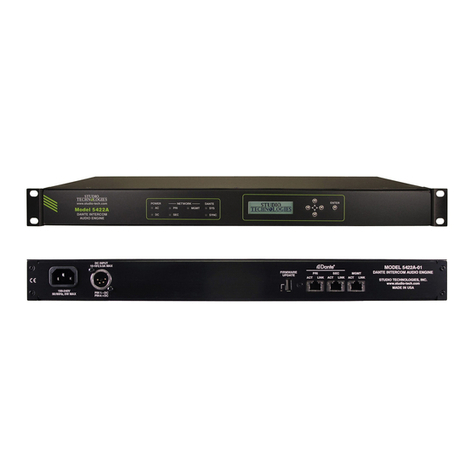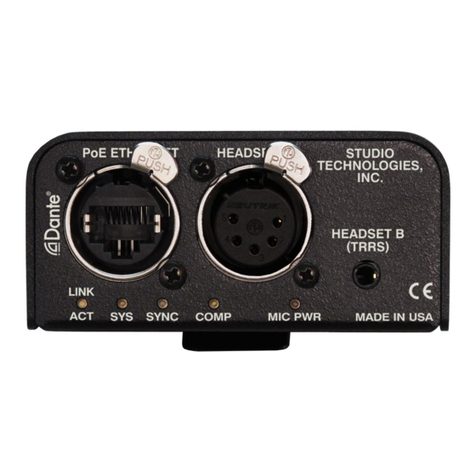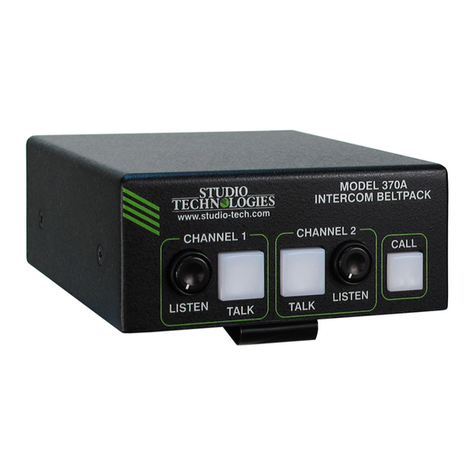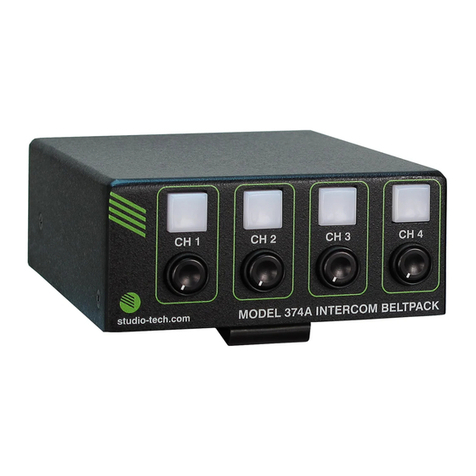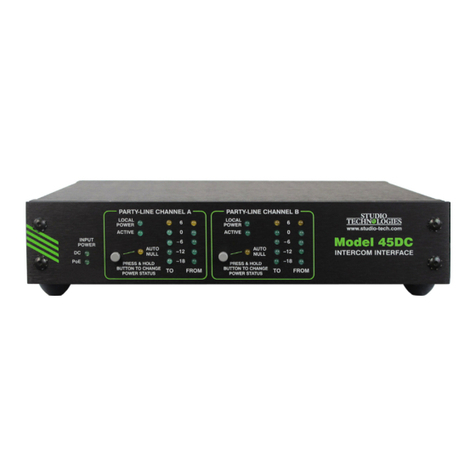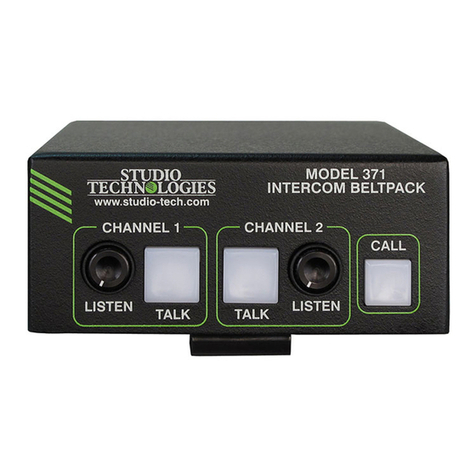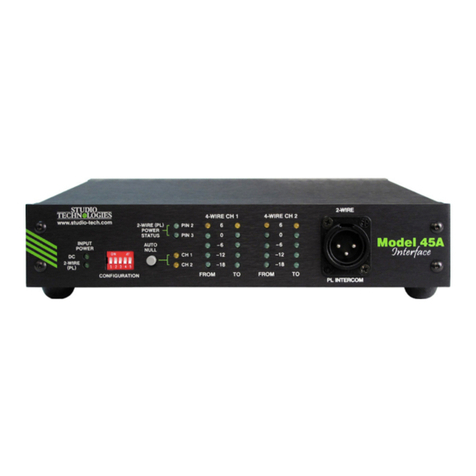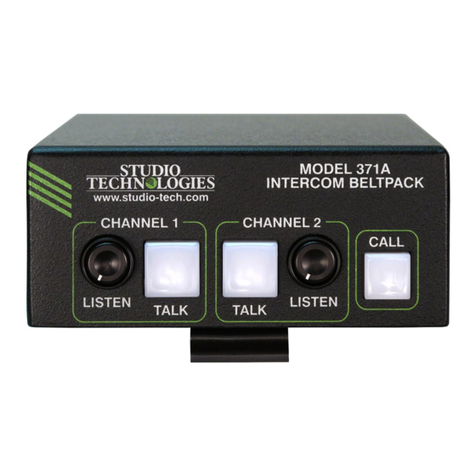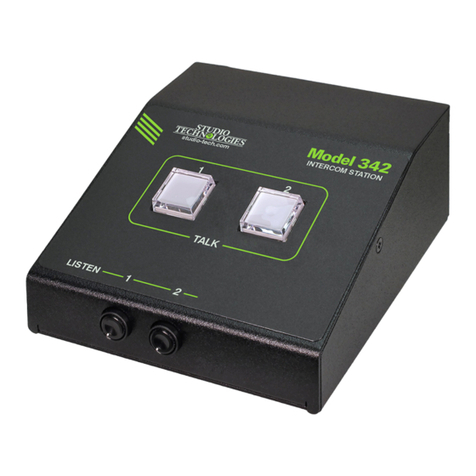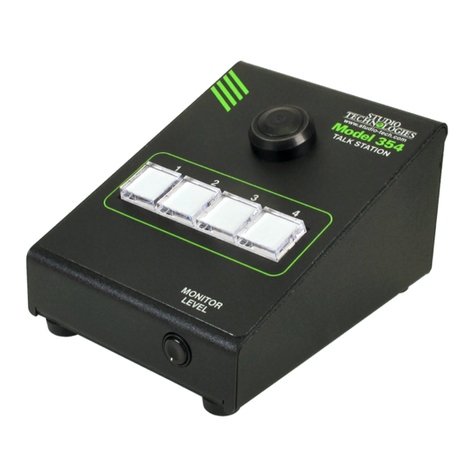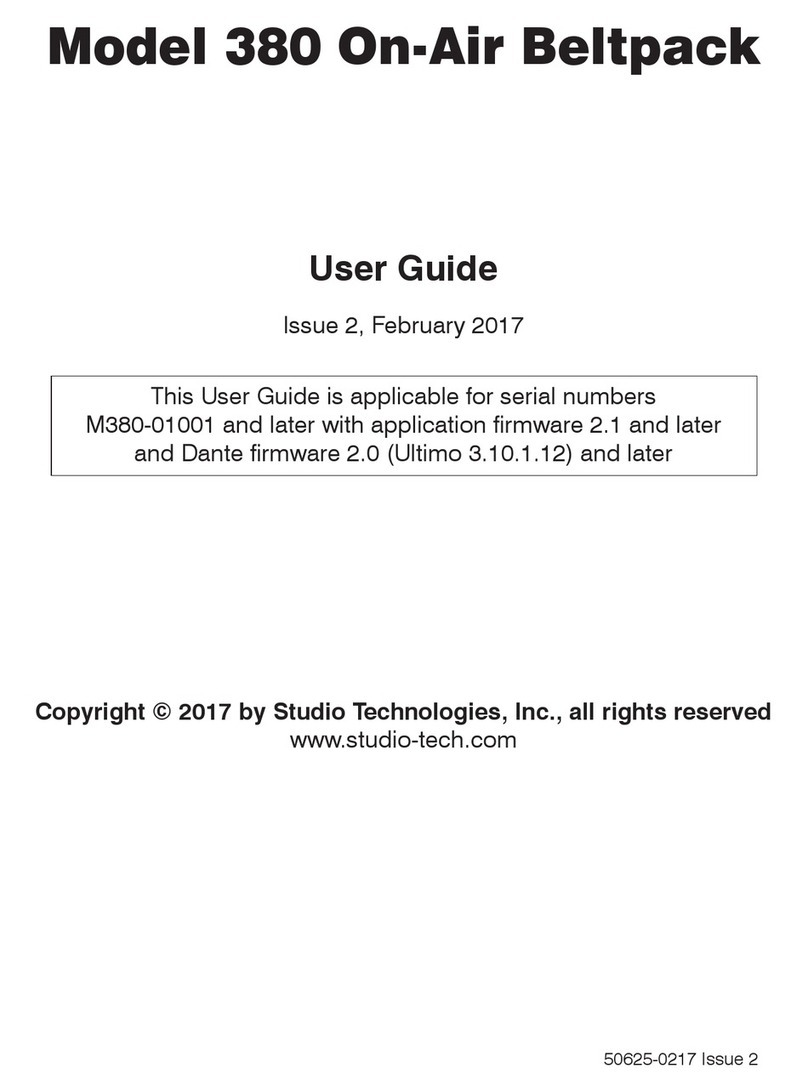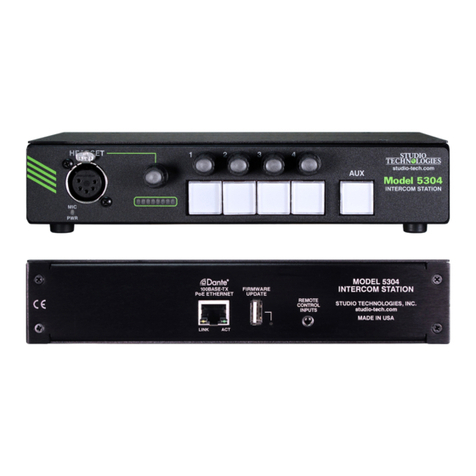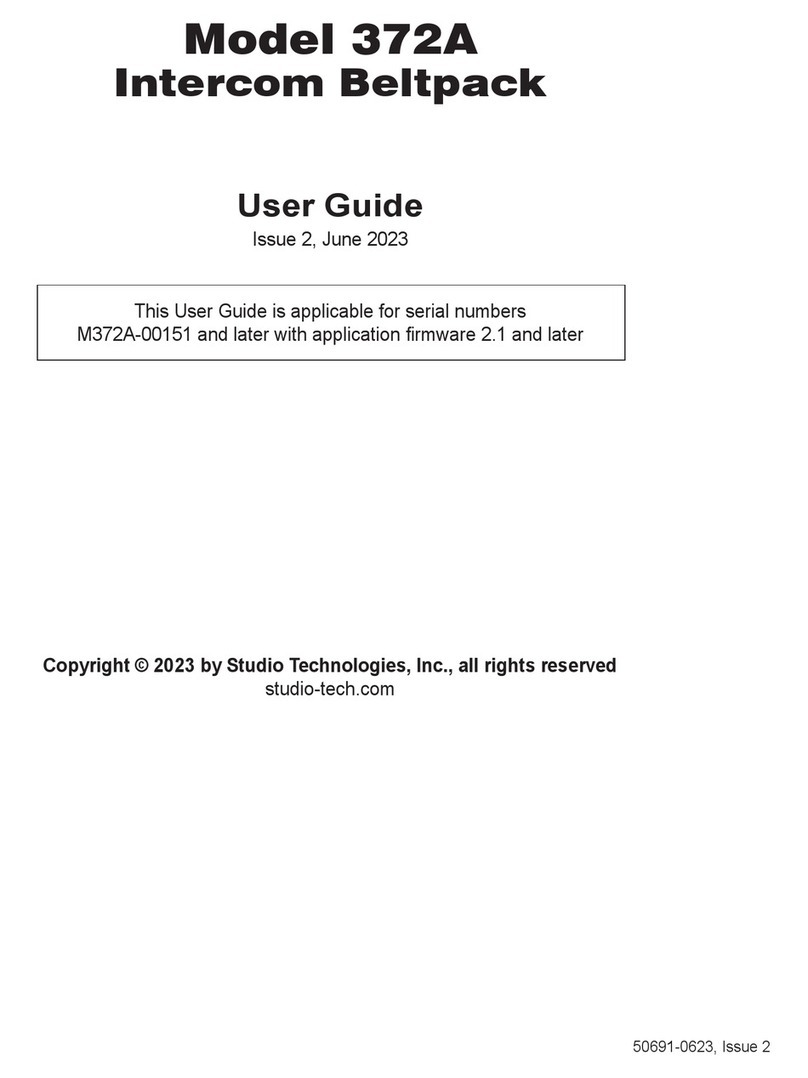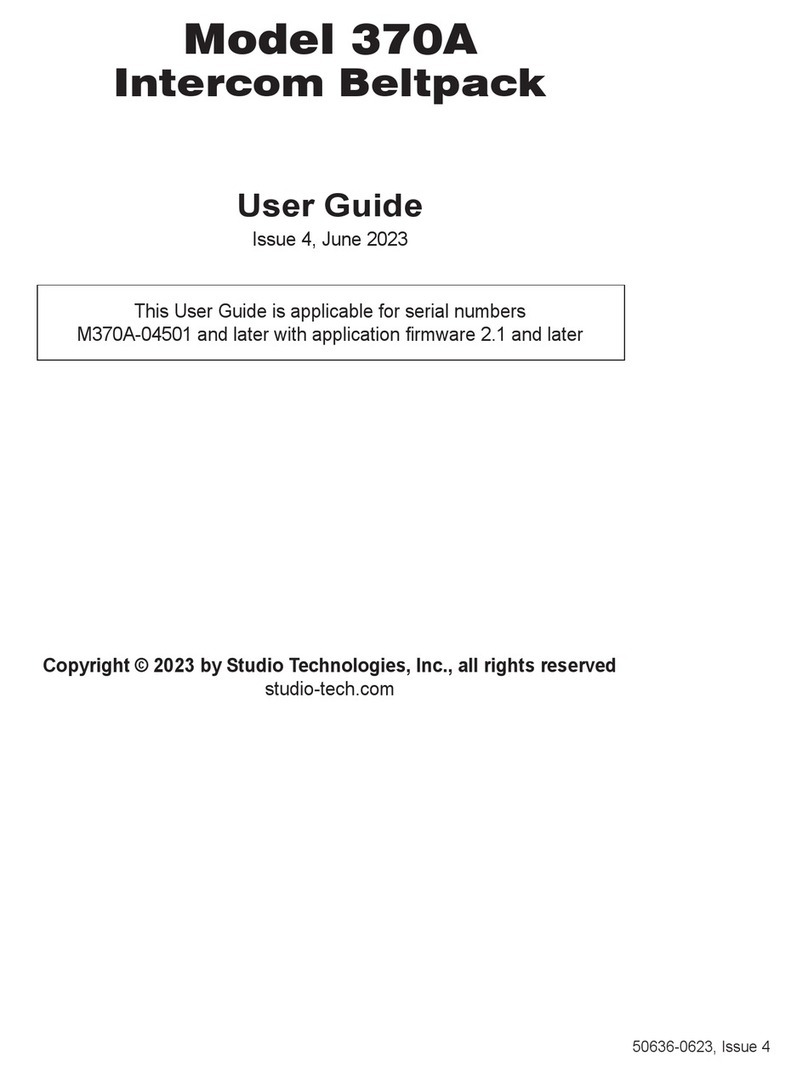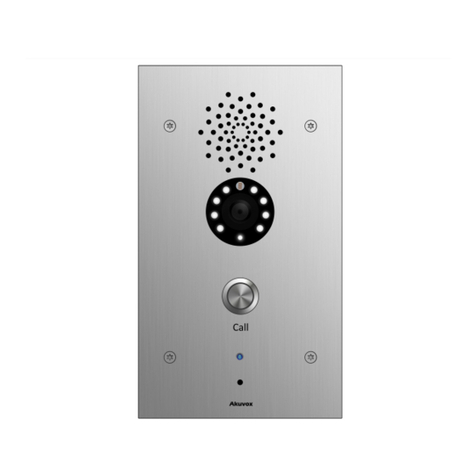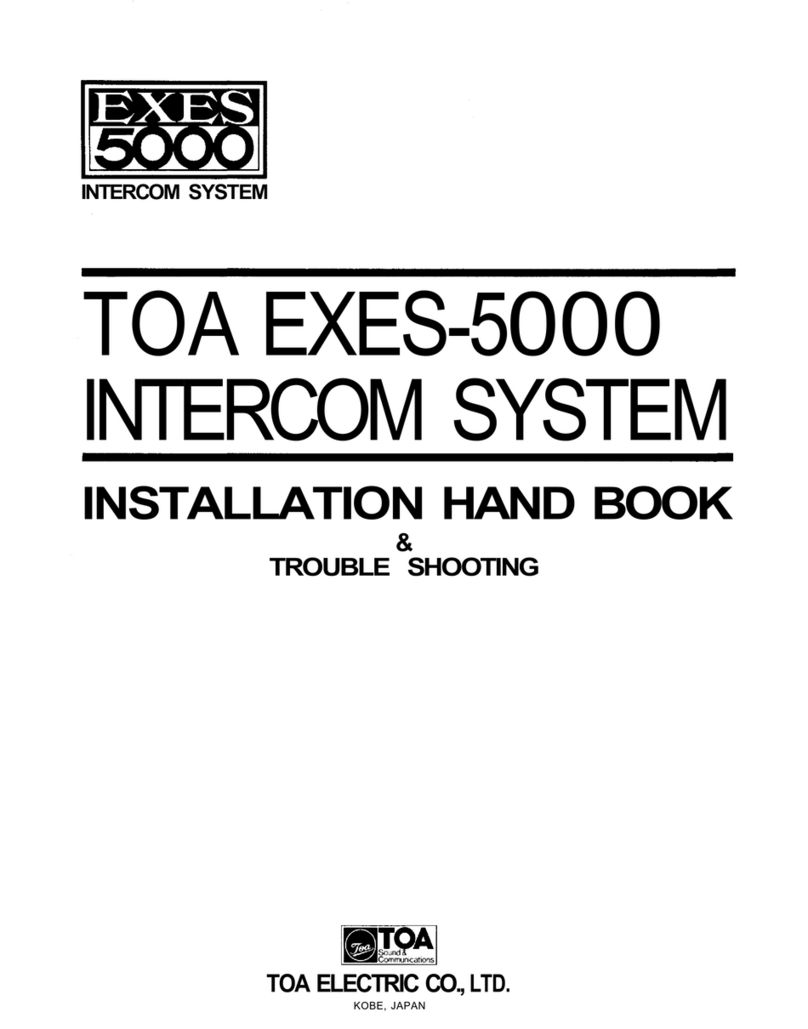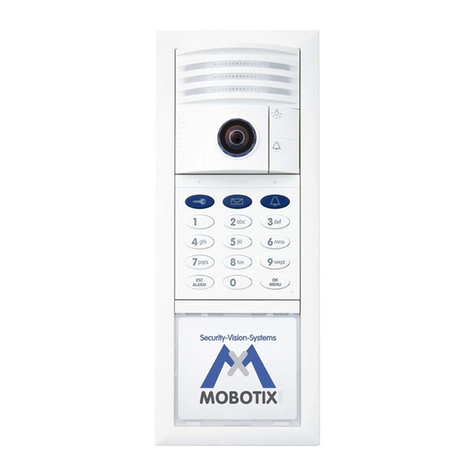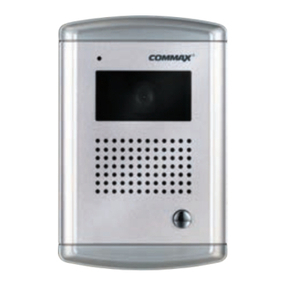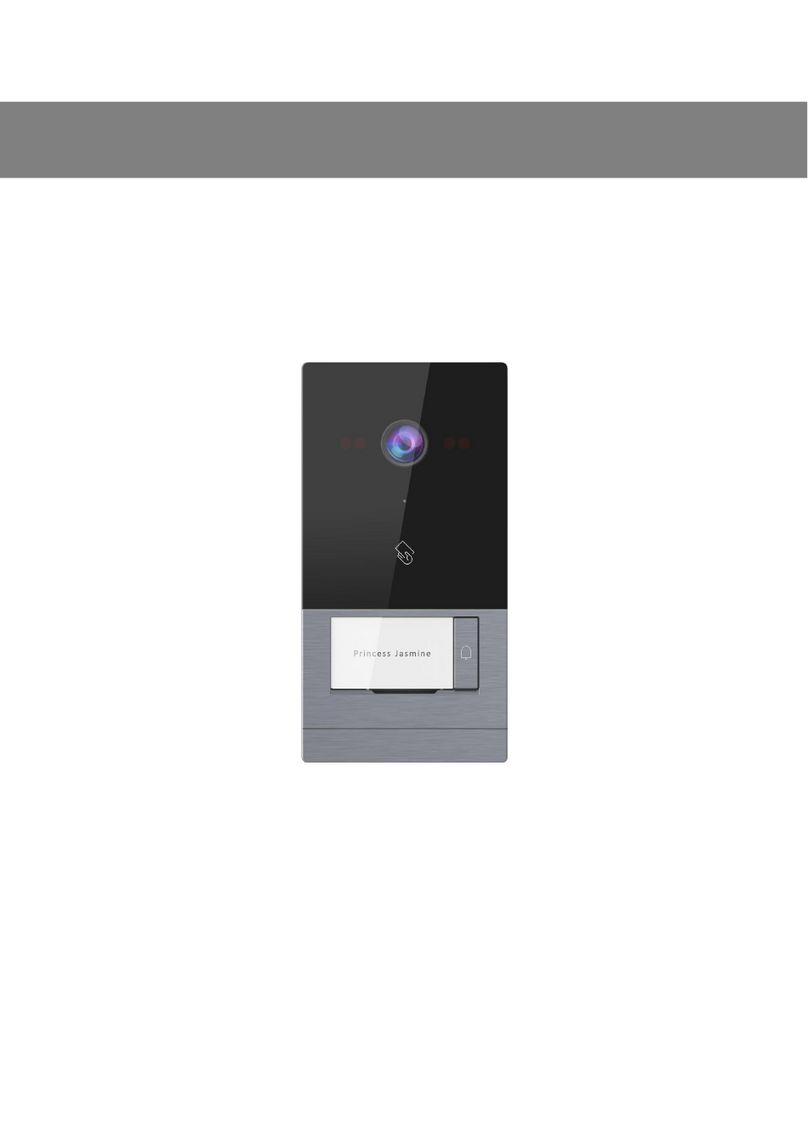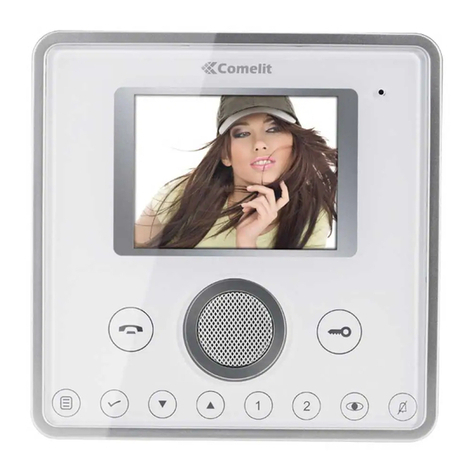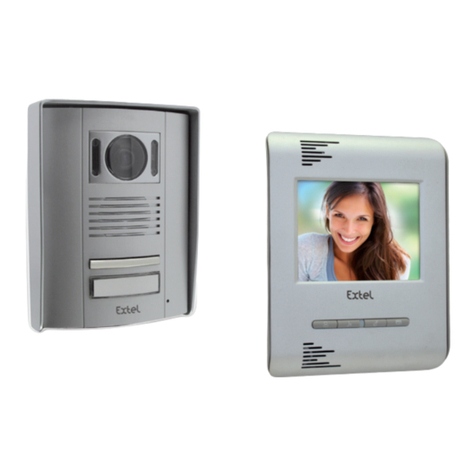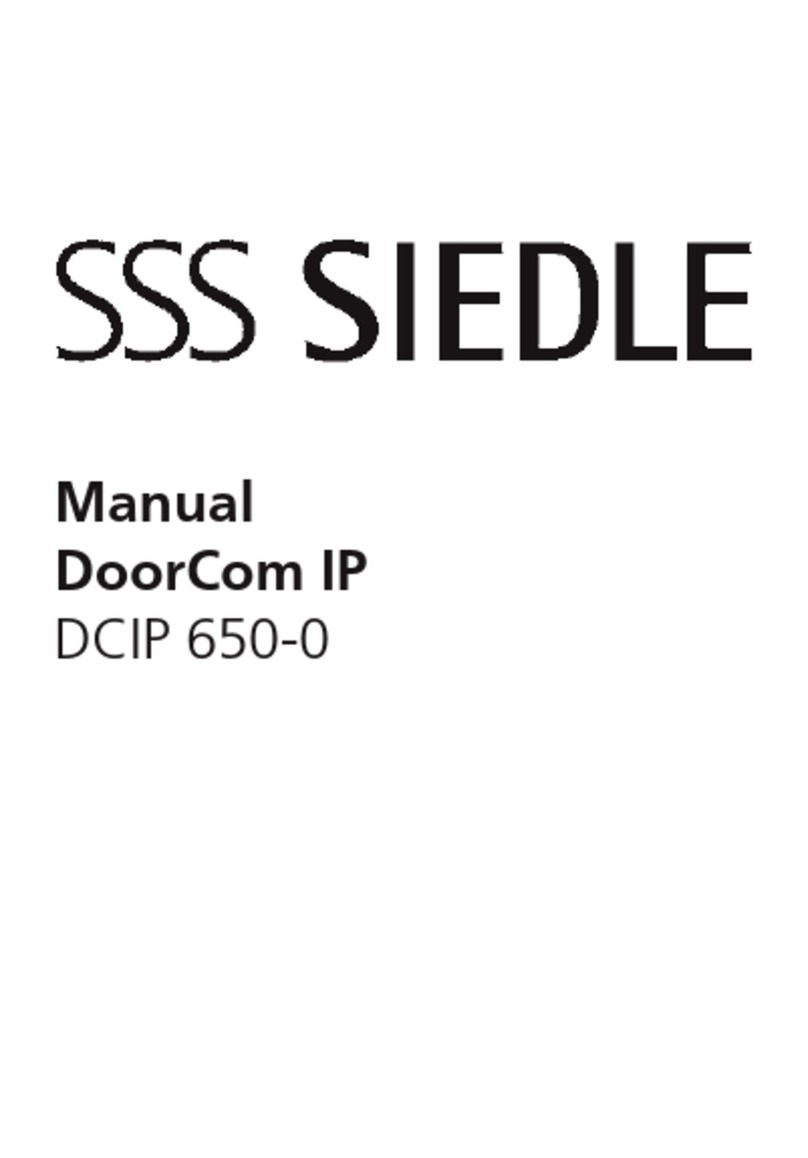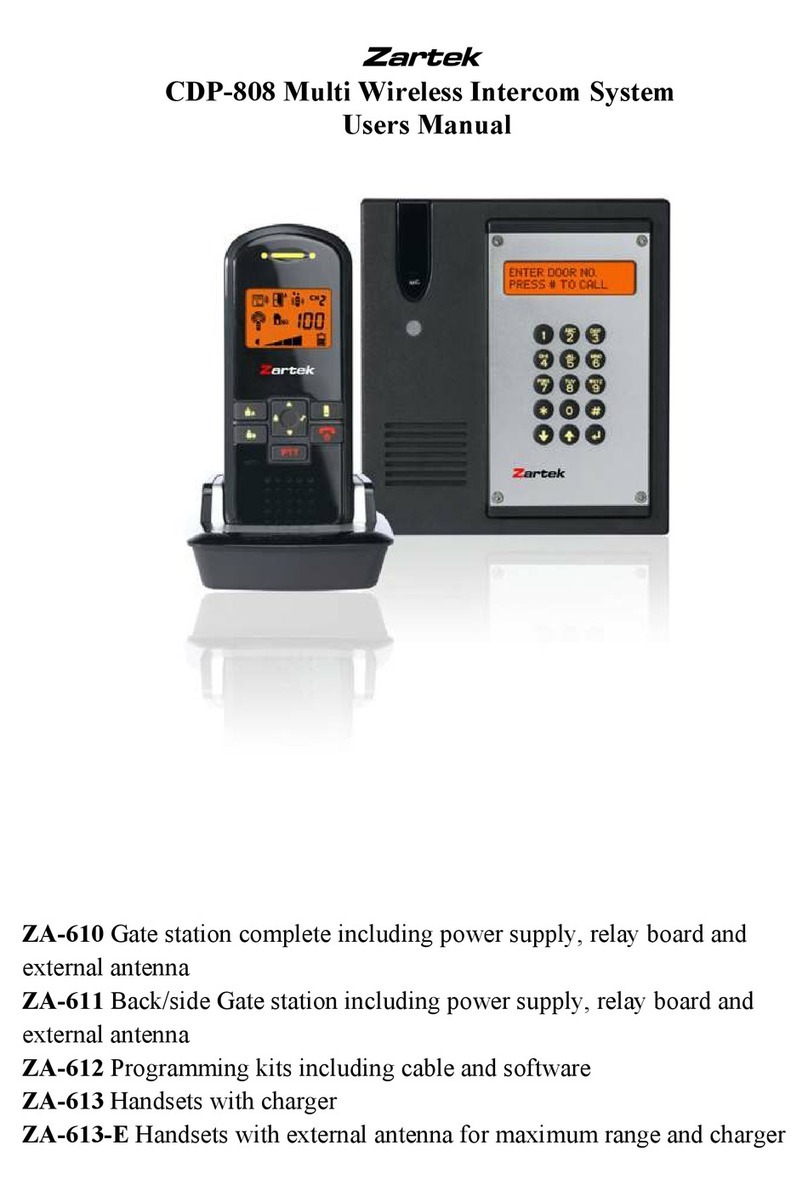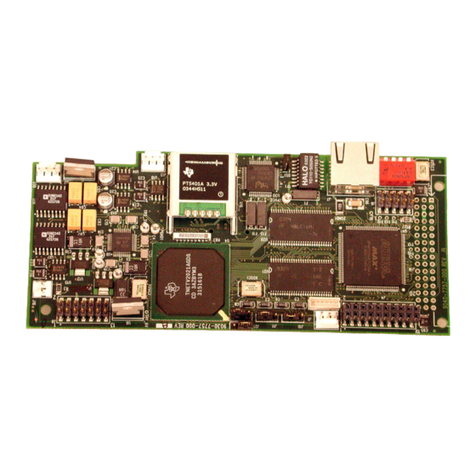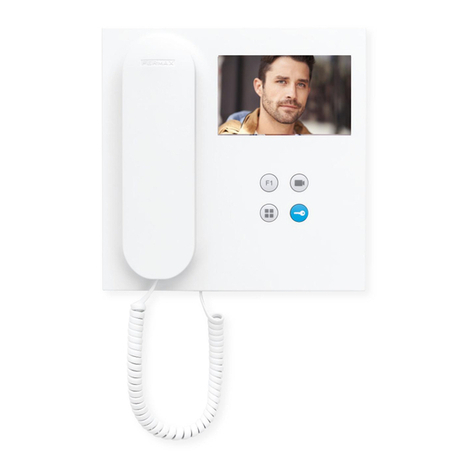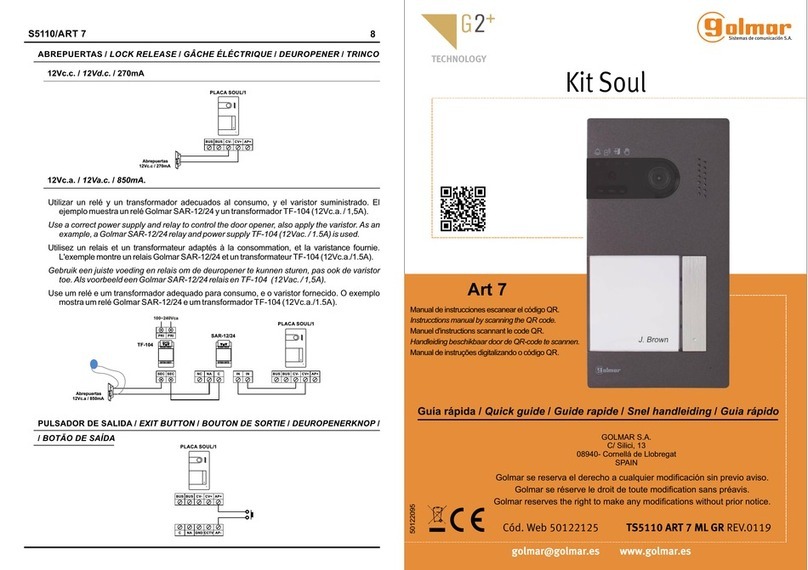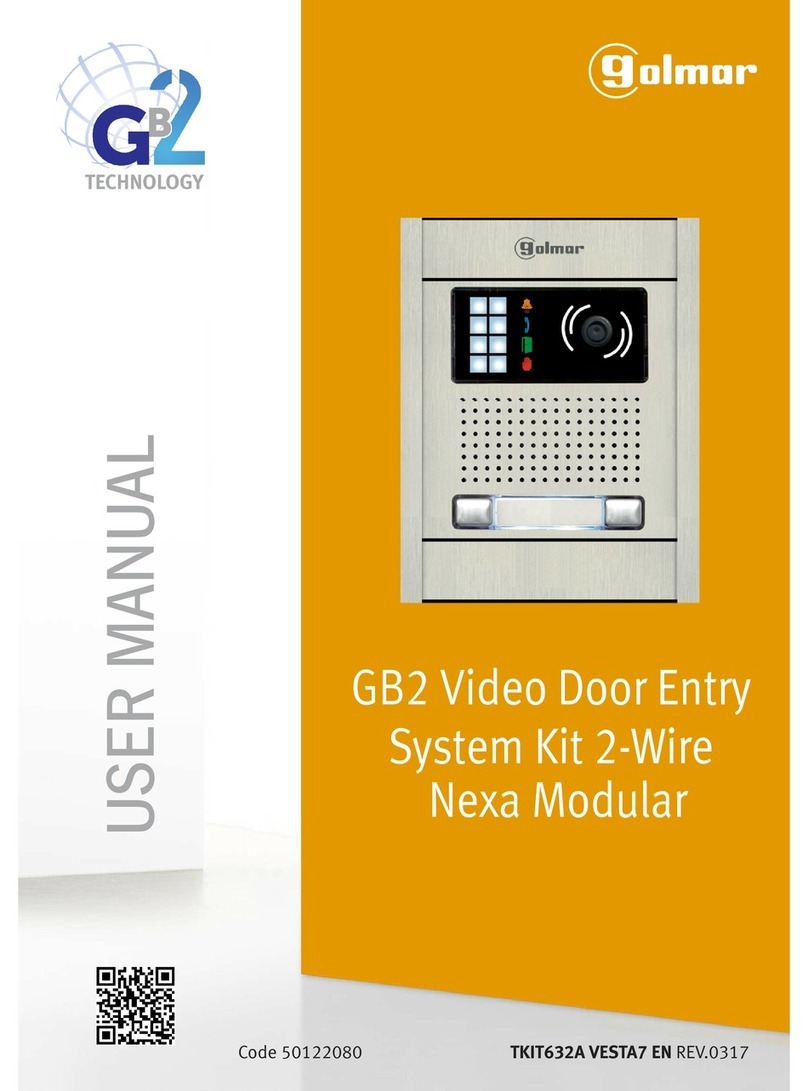
Issue 5, March 2021 Model 374A User Guide
Page 12 Studio Technologies, Inc.
MODEL 374A
INTERCOM BELTPACK
When a dynamic microphone is con-
nected to the Model 374A the 42 dB gain
setting may be correct for many applica-
tions. Setting the gain for 48 dB may be
helpful in some applications, such as with
headsets that have a low microphone out-
put level. The 48 dB gain setting may also
be useful when the Model 374A is going
to be deployed at events where users are
not able to speak at normal levels, e.g.,
sporting events such as golf tournaments
where “whispering” may be necessary.
Electret microphones typically have a
higher output level due to their internal
preamplifier circuitry. As such, less pream-
plifier gain may be required. Selecting the
22 or 30 dB gain setting will probably be
appropriate in these cases.
The compressor active LED, labeled
COMP and visible adjacent to the headset
connector, can act as a guide when set-
ting the microphone preamplifier gain.
During normal talk operation the com-
pressor active LED should light intermit-
tently. If, for example, with a dynamic
microphone the LED rarely lights and the
preamp gain is set to 42 dB it might be a
good idea to change it to 48 dB. If the LED
is lit fully during normal talking in a situ-
ation where the headset has an electret
microphone and the gain is set for 30 dB,
changing it to 22 dB might be warranted.
Headphone Output Channel Routing
Choices are Left, Right, and Left and Right.
Four audio input sources (Dante receiver
channels) can be assigned to the head-
phone output channels using the Dante
Controller application. How these four
audio signals are routed to the Model
374A’s headphone output channels can
be configured using this configuration
choice. The three options provide flexibility
in how the audio sources are presented
to the user. When using a stereo (“double
muff”) headset it’s common for the audio
input sources to be routed to both the
left and right channels. But the Model
374A’s flexibility allows each source to
be independently configured for sending
to the left only, right only, or both left and
right headphone channels.
When using a stereo headset sending all
inputs to both channels is often referred to
as a dual-channel mono output. If a mon-
aural (“single muff”) headset is used the
Left configuration option allows the four
input channels to be combined to monau-
ral so that the listener can simultaneously
hear both sources.
Sidetone – Level
Choices are Off, Low, Medium Low,
Medium, Medium High, and High.
The Model 374A includes a sidetone
function that allows microphone audio
coming from the microphone preampli-
fier to be sent to the both channels of
the headphone output. This serves as a
user confirmation that they are actively
sending audio to one or more of the talk
output channels. Sidetone audio will only
be routed to the headphone output when
at least one of the talk channels is ac-
tive. The level of the sidetone audio can
be selected from among five values. The
correct value is simply the one that makes
the user most comfortable. Sidetone
audio can also be disabled by selecting
Off. Selecting Off would be useful only
in special applications such as during
troubleshooting or where user talk audio is
being returned as part of their listen audio
signals. The four rotary level controls will
not impact the sidetone level.




















